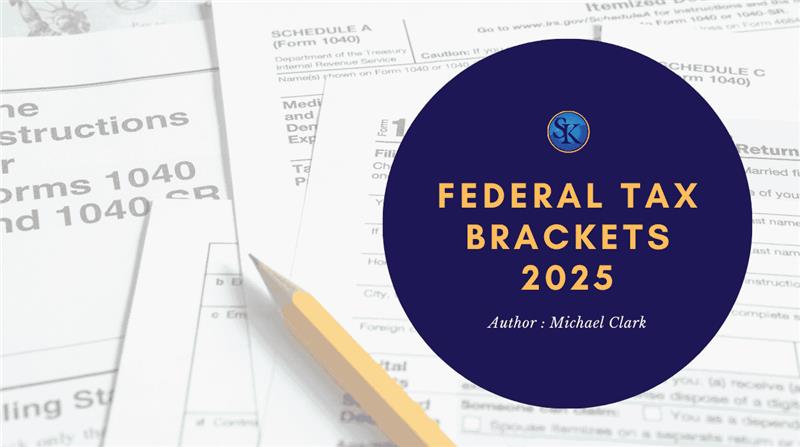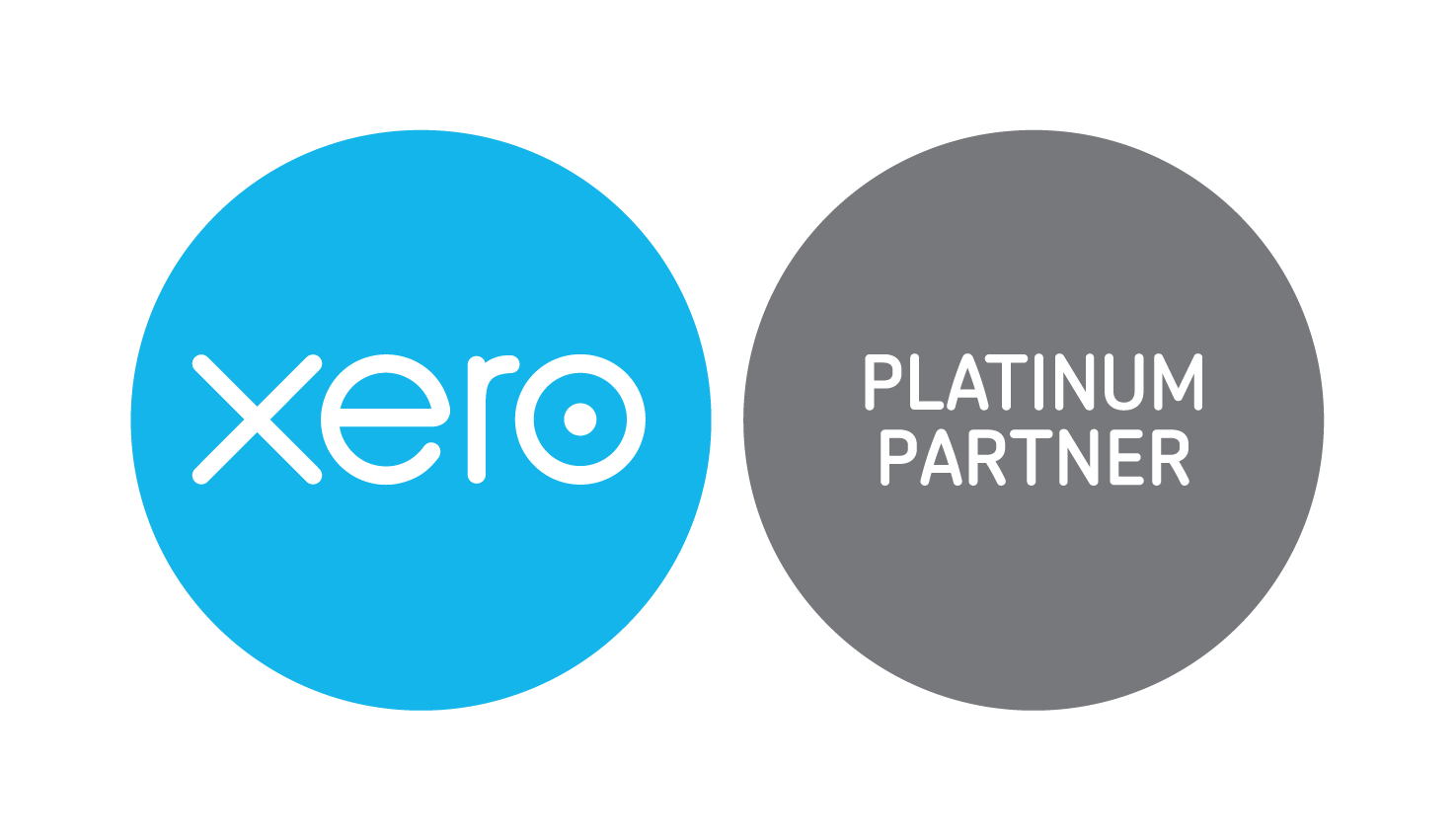
Federal Tax Brackets 2025: Everything You Need to Know
In the federal tax brackets 2025, the tax rates themselves have remained the same as in recent years still at 10%, 12%, 22%, 24%, 32%, 35%, and 37%. However, the income ranges within each bracket have shifted slightly. These adjustments are made annually by the IRS to account for inflation, ensuring you’re not unfairly bumped into a higher tax bracket just because your income rose slightly to keep pace with rising costs. So, while the percentages haven't changed, the income thresholds determining your tax rate have been updated for 2025, helping taxpayers stay fairly taxed despite economic shifts.
What Are Federal Tax Brackets?
Federal tax brackets divide your income into different sections, each taxed at a specific rate. The U.S. uses a progressive tax system this means the more you earn, the higher the percentage you pay, but only on the money in each bracket. Imagine climbing a staircase. As you step higher (earning more), the tax rate for each step increases slightly. However, the higher rate applies only to the income that falls within that particular step, not your total income.
Read more about: How to check Tax Refund 2025
Federal Tax Brackets 2025 Tables
Here’s a clear breakdown of the federal tax brackets for 2025 by filing status:
|
Tax Rate |
Single |
Married Filing Jointly |
Head of Household |
Married Filing Separately |
|
10% |
$0 to $11,925 |
$0 to $23,850 |
$0 to $17,000 |
$0 to $11,925 |
|
12% |
$11,926 to $48,475 |
$23,851 to $96,950 |
$17,001 to $64,850 |
$11,926 to $48,475 |
|
22% |
$48,476 to $103,350 |
$96,951 to $206,700 |
$64,851 to $103,350 |
$48,476 to $103,350 |
|
24% |
$103,351 to $197,300 |
$206,701 to $394,600 |
$103,351 to $197,300 |
$103,351 to $197,300 |
|
32% |
$197,301 to $250,525 |
$394,601 to $501,050 |
$197,301 to $250,500 |
$197,301 to $250,525 |
|
35% |
$250,526 to $626,350 |
$501,051 to $751,600 |
$250,501 to $626,350 |
$250,526 to $375,800 |
|
37% |
$626,351 or more |
$751,601 or more |
$626,351 or more |
$375,801 or more |
This table helps you easily find where your income fits into these federal tax brackets for 2025.
How Federal Tax Brackets 2025 Affect Your Paycheck
Ever wondered why your paycheck doesn't match your salary exactly. Your employer uses the federal tax brackets to estimate how much tax to withhold from each paycheck. By understanding your brackets, you can better manage this withholding to avoid owing money or receiving a massive refund at year's end.
Why Do Federal Tax Brackets Change Every Year?
Every year, the IRS adjusts tax brackets to account for inflation. These adjustments, like those in federal tax brackets 2025, prevent “bracket creep” a scenario where inflation pushes taxpayers into higher tax brackets, causing unfair tax increases.
How to Calculate Your Taxes Using Federal Tax Brackets 2025
Let’s simplify this with an example. Suppose you're single with an income of $85,000 in 2025. Here’s how you calculate your tax liability:
-
10% on the first $11,925: $1,192.50
-
12% on the next $36,550 (up to $48,475): $4,386
-
22% on the remaining $36,525 (up to your total $85,000): $8,035.50
Total tax = $1,192.50 + $4,386 + $8,035.50 = $13,614
Smart Tax Planning Tips for 2025
Using your understanding of federal tax brackets 2025, here are some smart strategies to lower your taxable income. By incorporating these tips into your financial planning, you can significantly reduce your tax burden and keep more of your hard-earned money. Let's dive into each method in detail.
Retirement Savings
One of the best strategies to lower your taxable income in 2025 involves contributing to retirement savings accounts like a 401(k) or an Individual Retirement Account (IRA). When you put money into these accounts, your taxable income immediately decreases.
For example, if your annual income places you near the top of the 22% tax bracket, contributing an additional $5,000 into your 401(k) or IRA could push your income down into the lower 12% bracket for part of your earnings, providing immediate tax relief. Not only does this strategy reduce your current-year taxes, but it also helps build a solid financial foundation for retirement.
Maximize HSA Contributions
Another often-overlooked tax-saving vehicle is the Health Savings Account (HSA). HSAs offer unique tax advantages because your contributions lower your taxable income, grow tax-free, and withdrawals for qualified medical expenses aren't taxed either. In 2025, individuals can contribute substantial amounts annually, potentially moving you down one or more tax brackets. Moreover, any money left unused in your HSA isn't lost; it rolls over year after year, serving as a powerful supplemental retirement resource or emergency medical fund. The flexibility and tax efficiency of HSAs make them an ideal tool in smart tax planning strategies for 2025.
Utilize Tax Credits
Tax credits can significantly reduce the actual amount of taxes you owe, often much more effectively than deductions. In 2025, consider maximizing available credits like the American Opportunity Tax Credit (AOTC) or Lifetime Learning Credit if you're dealing with higher education costs. Similarly, if you have children, the Child Tax Credit can substantially cut down your total tax bill, putting extra money back into your pocket for essential family expenses. Additionally, homeowners making energy-efficient upgrades might qualify for energy credits. Being aware of and actively utilizing these credits can greatly enhance your financial planning and reduce your tax liability in meaningful ways.
Charitable Donations
If you regularly donate to charitable organizations, you can significantly reduce your taxable income. This strategy not only supports causes you care about but also provides tangible financial advantages. Contributions made to IRS-qualified charities are deductible from your taxable income, potentially shifting you into a lower tax bracket. To ensure you maximize these deductions, maintain accurate records of all your donations throughout the year including monetary gifts, clothing, furniture, and even mileage driven for volunteer activities. Thoughtful and documented charitable giving can enhance your financial health and bring considerable tax benefits in 2025.
By thoughtfully integrating these tax-saving strategies into your overall financial plan for the year, you'll be better positioned to navigate federal tax brackets 2025. Each method provides different advantages, and by combining them, you can effectively manage your taxes and secure financial stability both now and in the future.
What Happens If Your Income Increases Mid-Year?
Life is full of surprises, Sometimes, your income might increase unexpectedly mid-year perhaps through a bonus or promotion. Understanding federal tax brackets 2025 means you can proactively adjust your withholding with your employer to avoid a sudden large tax bill.
Filing Jointly or Separately What's Better in 2025?
For married couples, deciding between filing jointly or separately can significantly affect your tax burden. Usually, filing jointly provides lower overall tax rates. However, in some cases such as when one spouse has substantial medical expenses or student loan debt filing separately might be beneficial. Carefully comparing your income against the federal tax brackets 2025 helps you make the smartest choice.
Common Mistakes to Avoid with Federal Tax Brackets 2025
Avoid these frequent pitfalls to save yourself stress and money:
-
Misunderstanding Marginal Tax Rates: Remember, higher rates apply only to income exceeding certain thresholds.
-
Ignoring Available Deductions: Don't miss valuable tax deductions and credits.
-
Not Updating Withholding: Regularly check your tax withholding, especially after significant income changes or major life events.
Preparing for Retirement and Federal Tax Brackets
Retirement planning is closely connected to understanding federal tax brackets 2025. Strategic withdrawals from retirement accounts can help you stay within lower tax brackets, minimizing your tax liability in retirement years.
Impact of Tax Brackets on Investments
Knowing federal tax brackets 2025 allows you to optimize investment strategies. Consider investments like tax-free municipal bonds or tax-efficient mutual funds to lower your taxable income and manage your tax bracket efficiently.
How SK Financial CPA Can Help Manage Federal Tax Brackets 2025
You don’t have to face tax season alone. At SK Financial CPA, we specialize in simplifying difficult tax situations. Our expert team helps you understand exactly how the federal taxes 2025 affect your finances. We offer personalized tax strategies, thorough financial reviews, and precise planning to ensure you always benefit from current tax laws. Book your free consultation today with our tax experts.
Final Thoughts
By now, we’ve covered a lot what federal tax brackets 2025 are, how they work, the updated income ranges, and even some smart tips to help you lower your taxable income. Hopefully, things feel a bit clearer and less difficult than when you started.
But if you're still unsure about where you fall in the brackets or how to make the most of your tax situation, you’re not alone and you don’t have to figure it all out by yourself. Our team at SK Financial CPA is here to help. Whether you have a simple question or need full tax planning support, we offer free consultations to walk you through it all, step by step. Reach out today, and let’s make sure 2025 is the year you feel confident and fully in control of your taxes.
FAQs
1. What are the 2025 federal tax brackets?
The 2025 tax brackets remain at 7 rates: 10%, 12%, 22%, 24%, 32%, 35%, and 37%, but the income ranges for each bracket have been adjusted for inflation. These changes affect how much tax you owe based on your taxable income and filing status.
2. Did tax rates increase in 2025?
No, the actual tax rates stayed the same as previous years. What changed were the income thresholds, which the IRS adjusted to account for inflation. This helps prevent taxpayers from being pushed into higher brackets unfairly.
3. How do I know which tax bracket I fall into?
Your tax bracket depends on your filing status (e.g., single, married filing jointly) and your taxable income after deductions. Use the IRS tables or consult a tax professional to determine your exact bracket.
4. Can I lower my tax bracket in 2025?
Yes, you can lower your taxable income and possibly your bracket by contributing to retirement accounts, Health Savings Accounts (HSA), using tax credits, or making charitable donations. These strategies can legally reduce the amount of income that's subject to taxes.
5. Where can I get help understanding my 2025 taxes?
If you're feeling unsure, it’s best to speak with a tax expert. SK Financial CPA offers free consultations to help you understand your tax situation, plan better, and avoid costly mistakes.
Follow SKFinancial on Facebook / Twitter / Linkedin / Youtube for updates.












